The Leadership team for the club has been working very hard to help keep some sense of normalcy during these isolating times with cards, recipes, ZOOM programs, plant/bulb sales and sharing pictures of gardens. Since we cannot meet and chat together at our monthly gatherings, we came up with the idea of starting a Meet the Member portion to the blog. Everyone has stories and maybe by telling them, we can find shared interests and histories and maybe it will help keep us closer. If you'd like to include your story, please send an email to [email protected] with your phone number, and I'll be thrilled to contact you. To kick it off the Meet the Member blog, I'll start with mine
Meet the Member - Terri Munson
From the top clockwise: Rich, Terri, Robert, Mark, John, Nancy, Maryanne, David, and Sandy
My introduction to the garden club happened three years ago when I moved to Grantham and wanted to meet people. My husband Bob and I went on a trip to the gorgeous Coastal Maine Botanical Gardens with members of the GGC. It never would have entered my head to join a garden club since I wasn’t a gardener. They invited me so I thought I’d give it a try. Because I took the chance, I am pleased to be a very active in the club as photographer, blogger, bulb planter, flower deliverer, plant sale worker, and board member. The best part has been getting to know an amazing group of people.
Gardeners often tell me that their mothers were their role models for gardening. The same is true for me. My city born and bred mother never gardened and, sadly, neither did I. Since joining the club, I have planted some bulbs in the Fall and was surprised at how excited I was when the flowers popped up in the Spring. No wonder gardening is so popular.
I did spend my childhood on land that had recently been a farm in Stoneham, Massachusetts. The farmer sold his property to a developer who razed the land and erected cookie cutter ranch houses. When I moved in at age five, there wasn’t a blade of grass to be seen. The flat yards were covered with rich, dark dirt and each one sported a forlorn crabapple sapling held up by a stick. On this land that once produced corn, hay, and tomatoes, a new crop grew—a crop of babies. There were nine children in my family and all the other families had a huge brood of children too. Mom called it “The Fertile Valley.” We were free range kids who spent every minute we could out of doors with never an adult in sight. The older children were often tasked to mind their younger siblings so our pack was made up of lots of ages and hierarchies. The big kids were always the bosses. We combed the woods in search of adventure. I am ashamed to say that we stole cherry tomatoes from strangers’ gardens and swiped chunks of ice from the back of the milk man's truck. Our crabapple fights were epic. Ah, the good ole days.
Besides my darling husband, three kids and four grandkids, I am most proud of my ten years working with the Stand & Deliver Academic Mentoring Program. I started the Corporate Campus piece of the program wherein the students were bussed to my company, which not only got them out of their poor community for a while, but showed them a whole new world with exciting possibilities. The program grew from a pilot program of fourteen students and fourteen mentors to over one hundred each every year. The volunteers and the students are among the best people I have ever met. I see a parallel with gardening and mentoring and with flowers and mentees. The gardeners and the mentors put their time, effort, and expertise into helping plants and young people grow. The gardeners and the mentors derive pleasure and satisfaction from the experience. In the case of the flowers and the young mentees, it is they who deserve most of the credit. It is through their effort and gumption that they blossom.





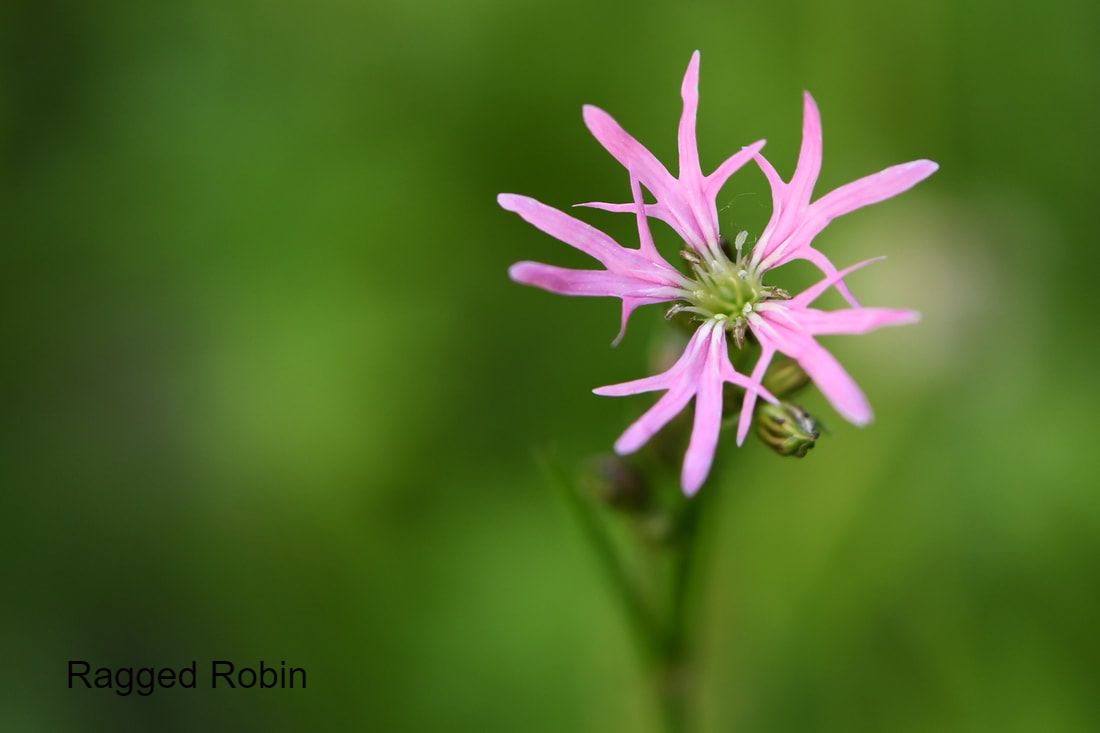
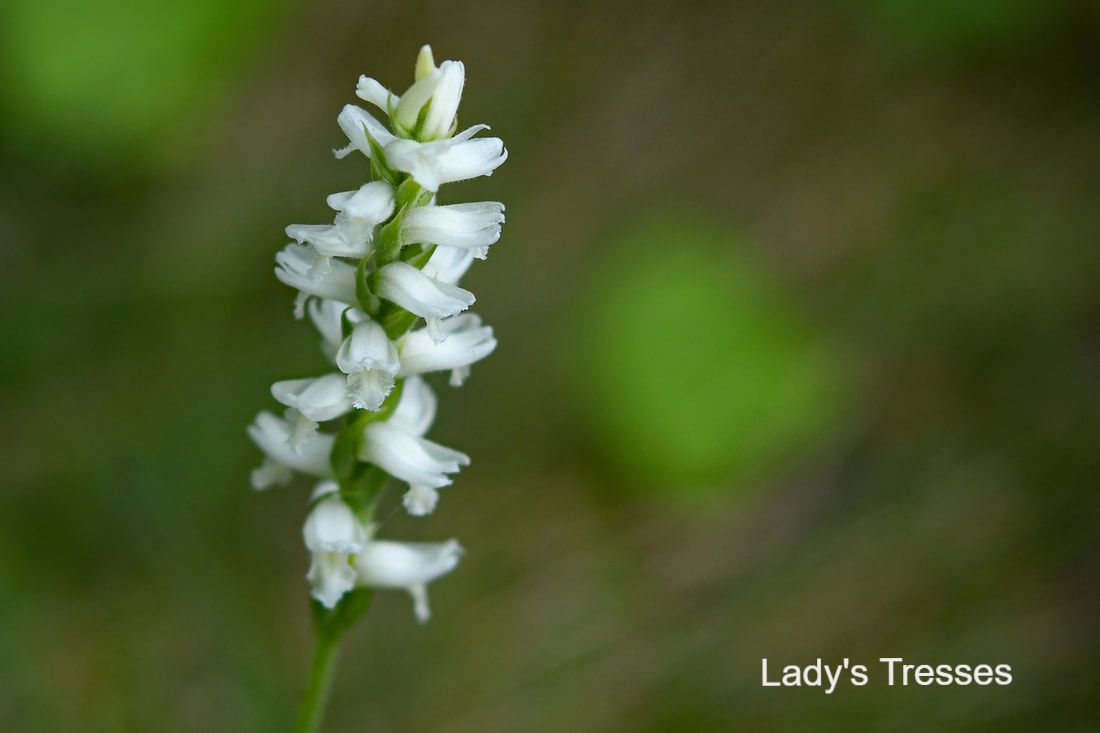
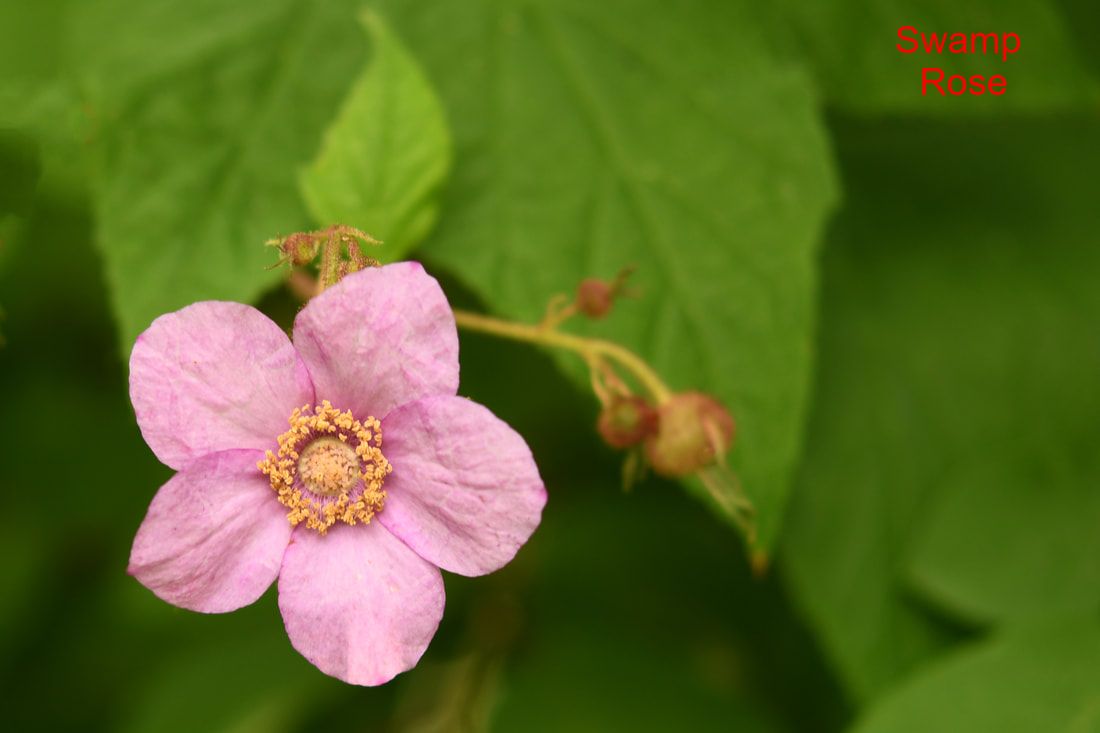
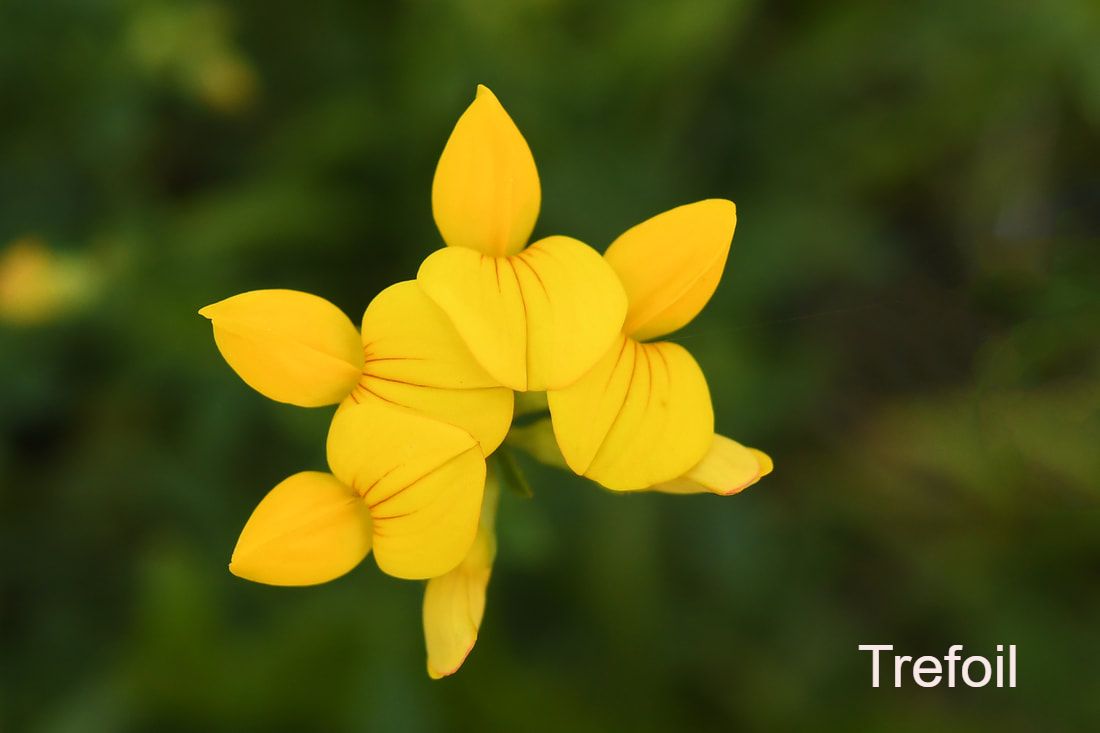
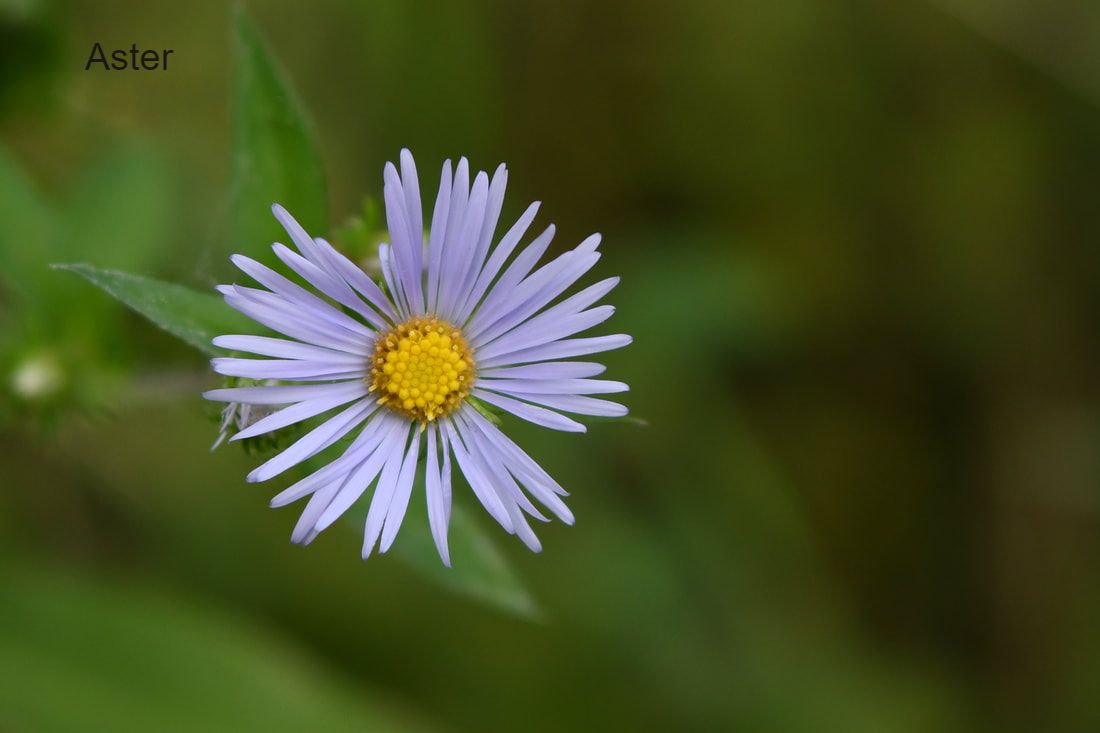
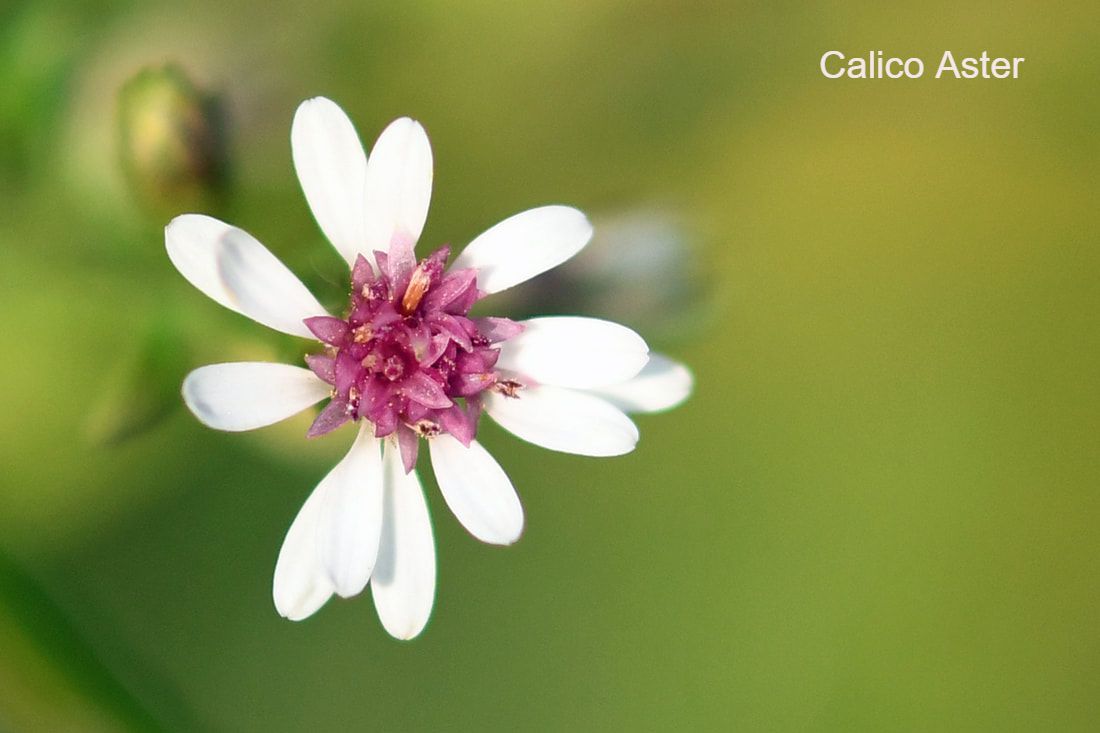
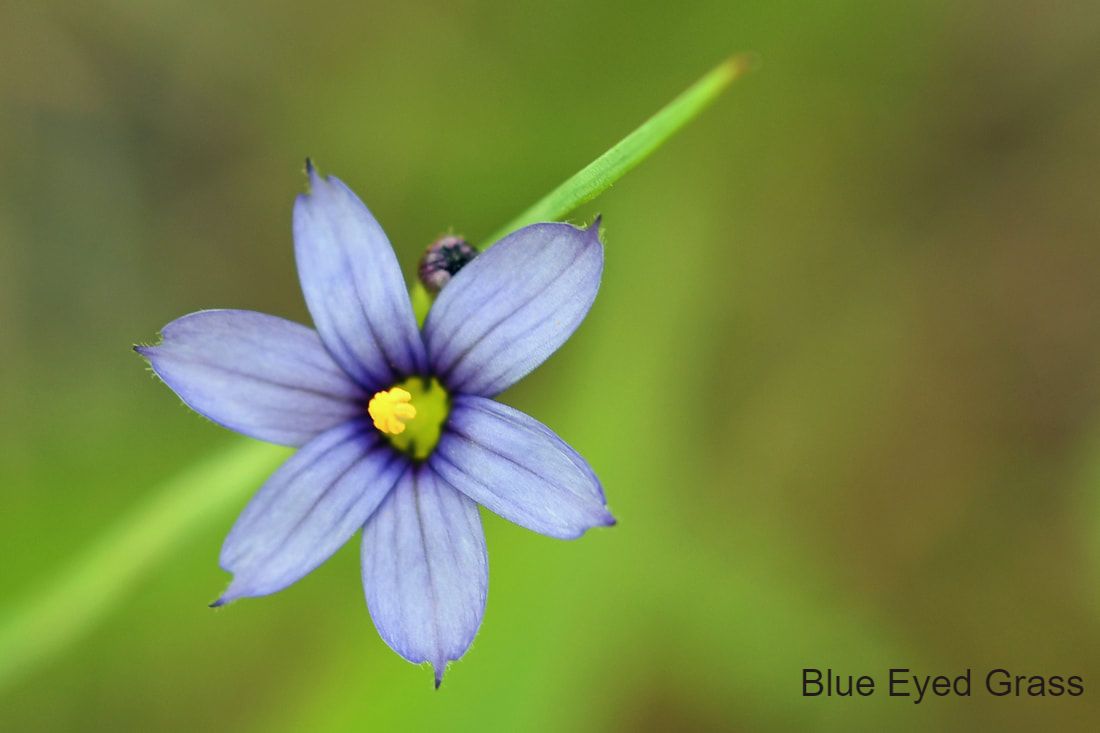
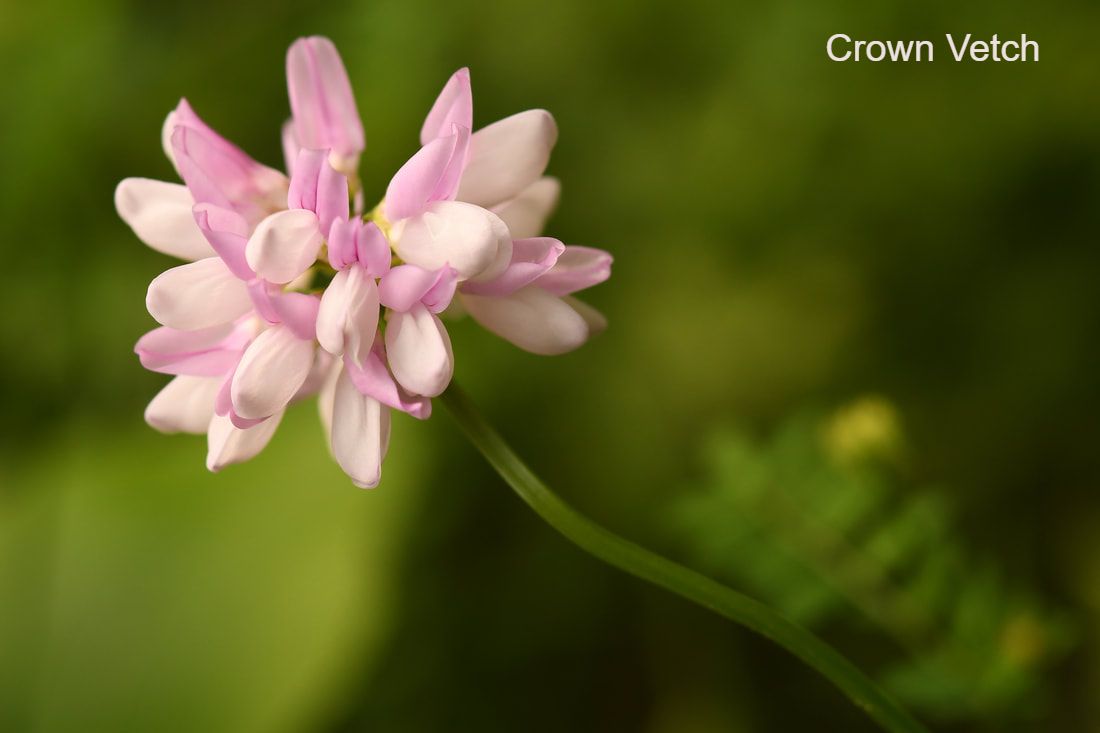
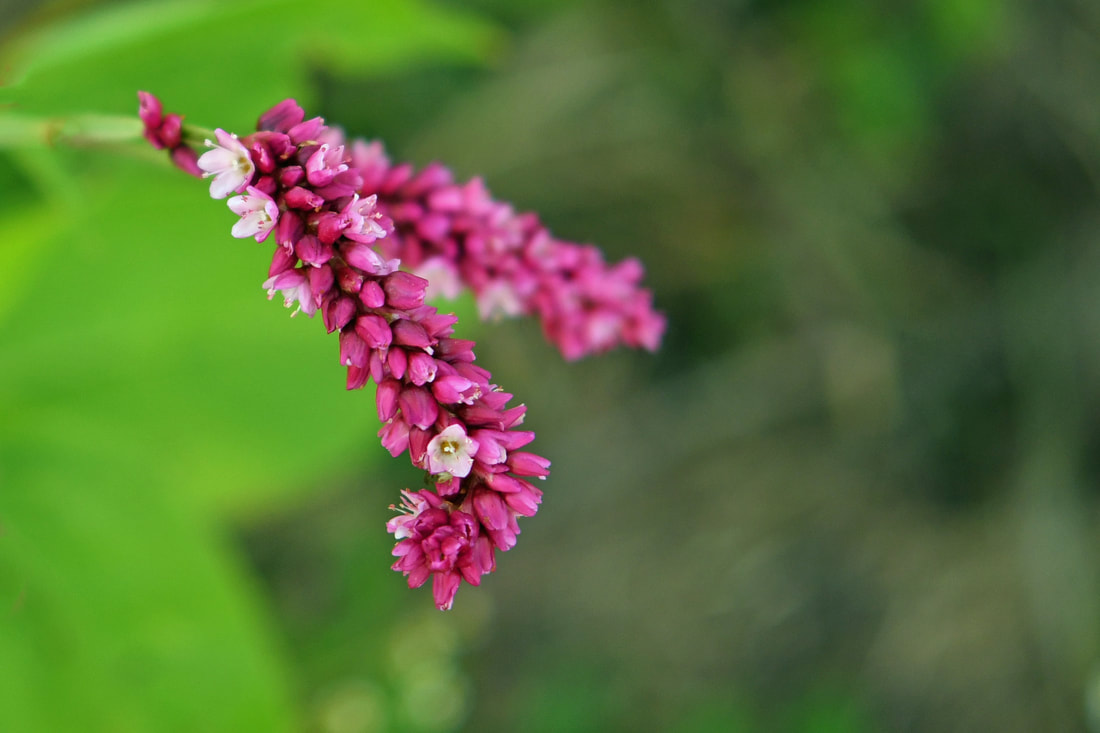
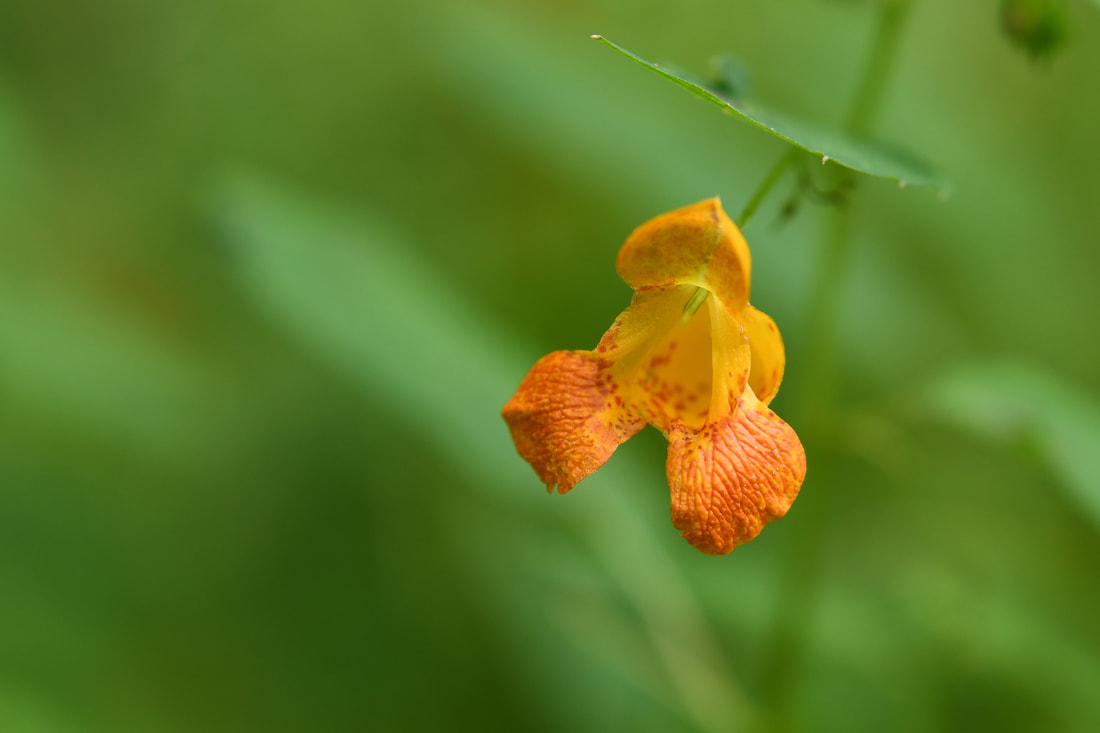
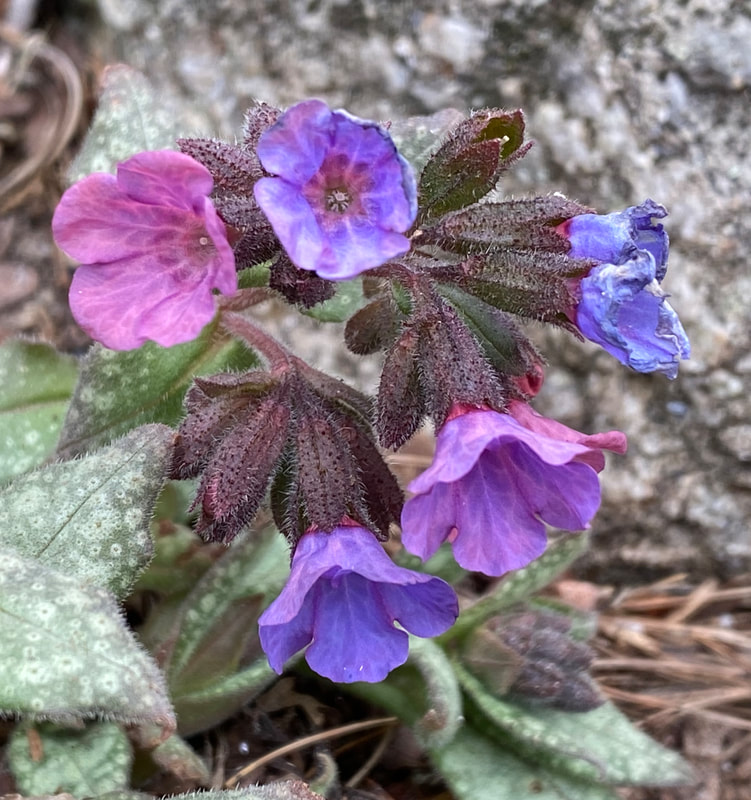
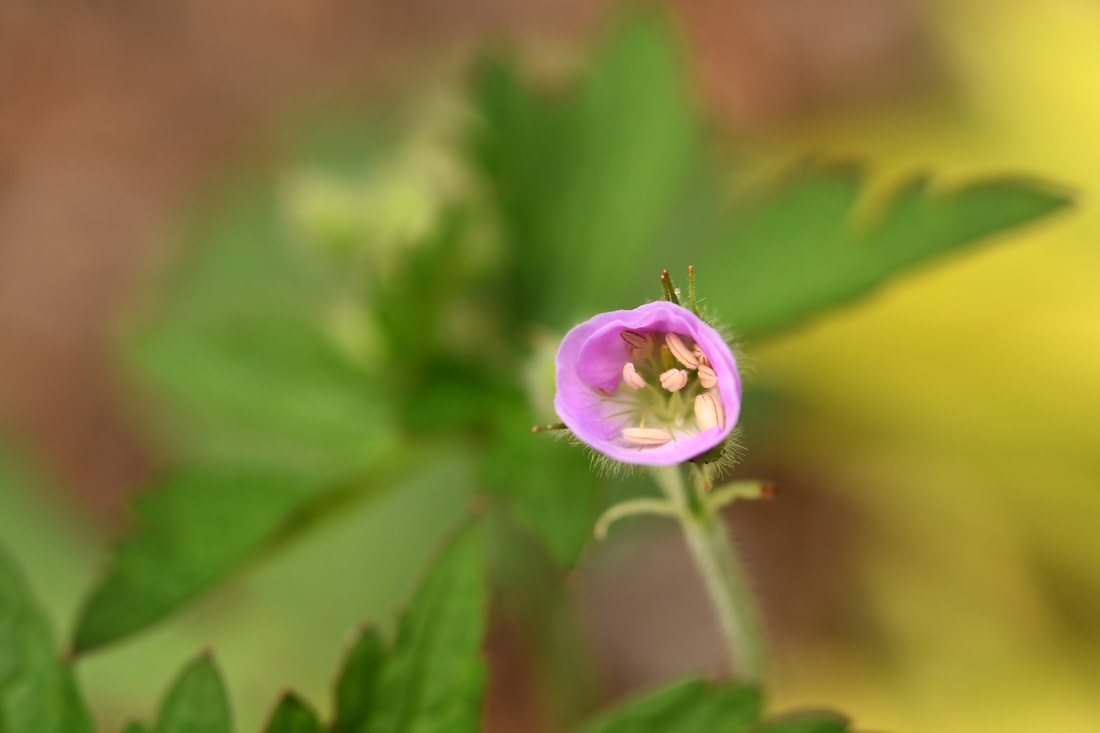
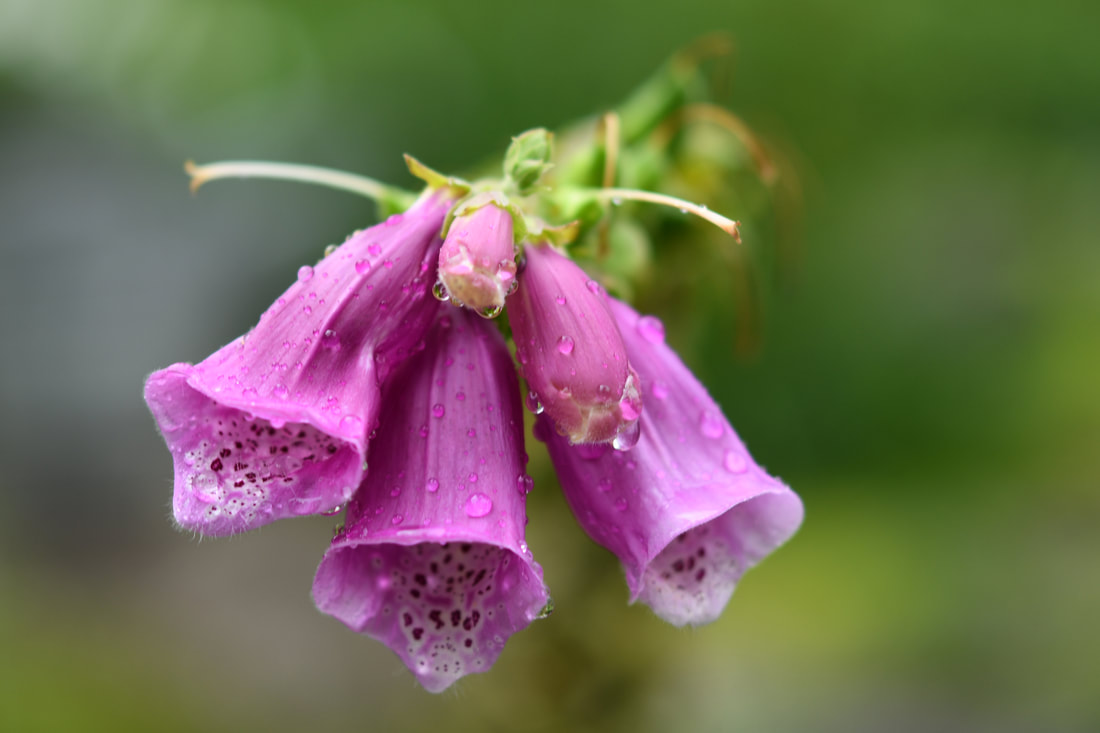

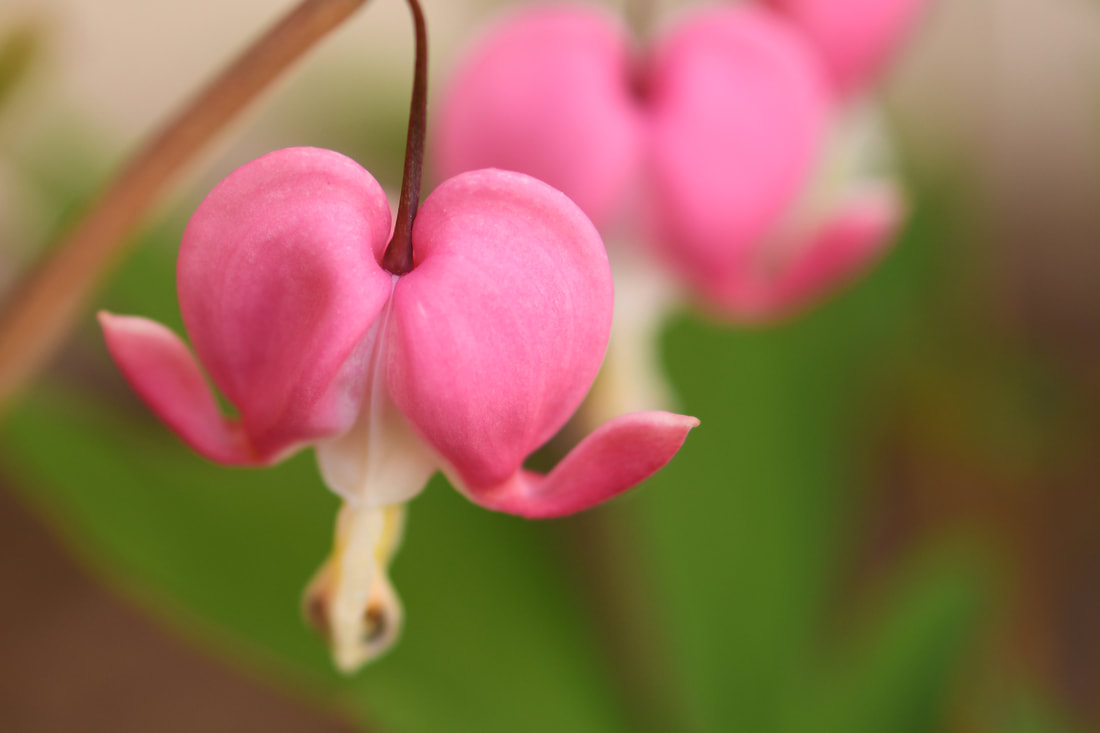
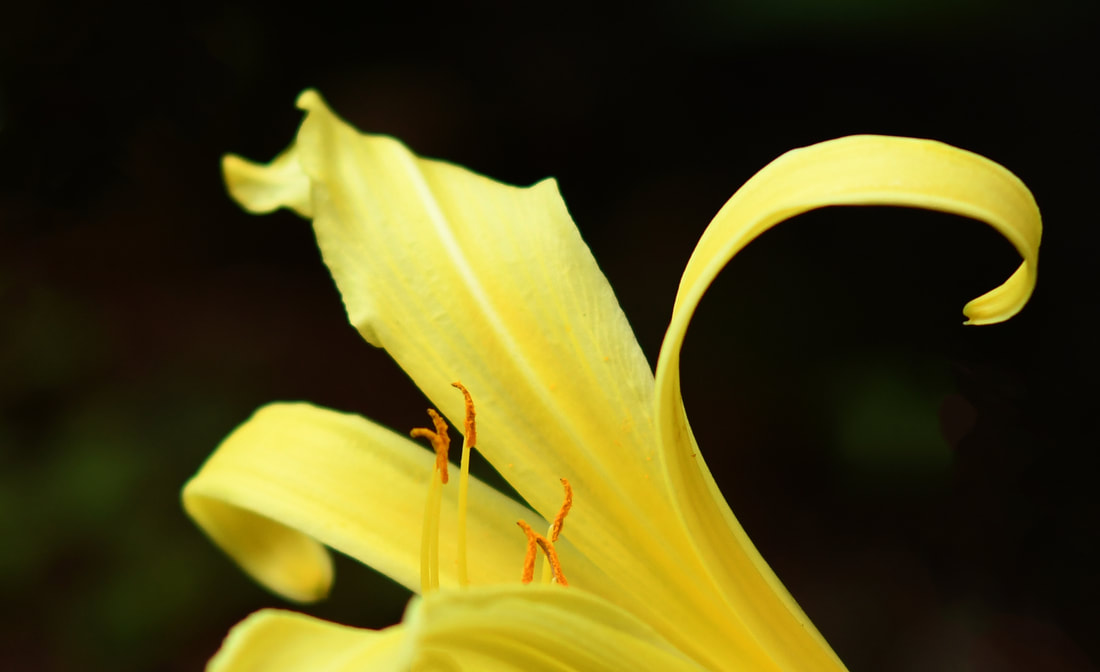
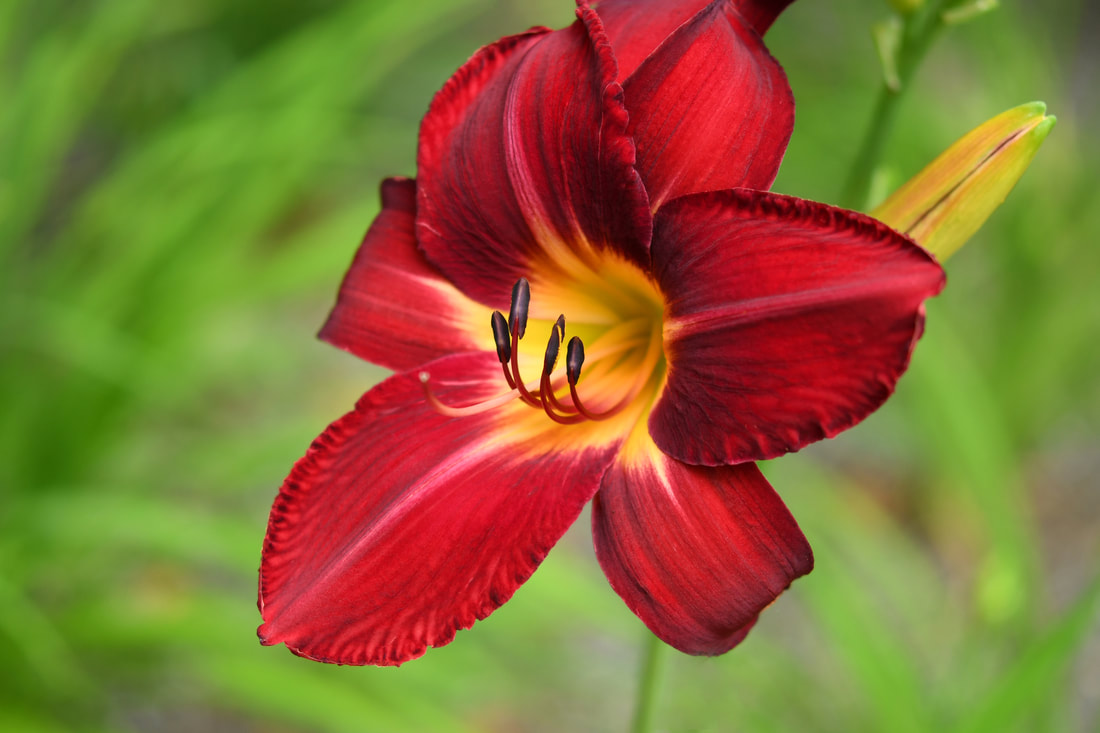
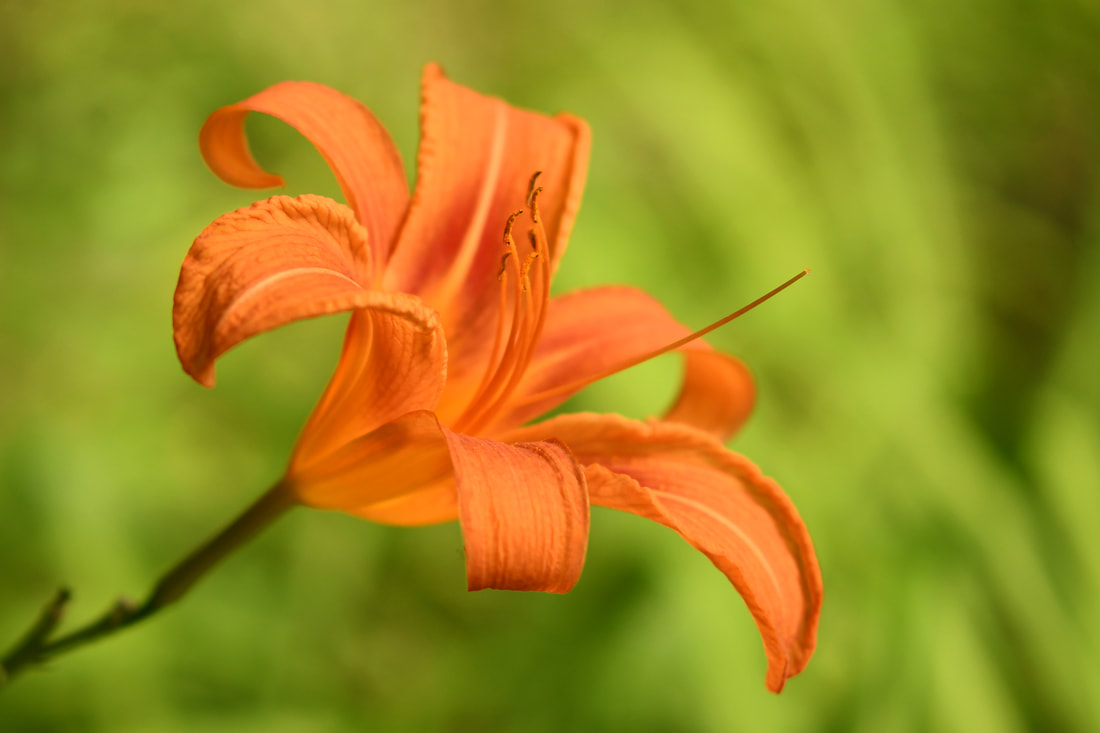
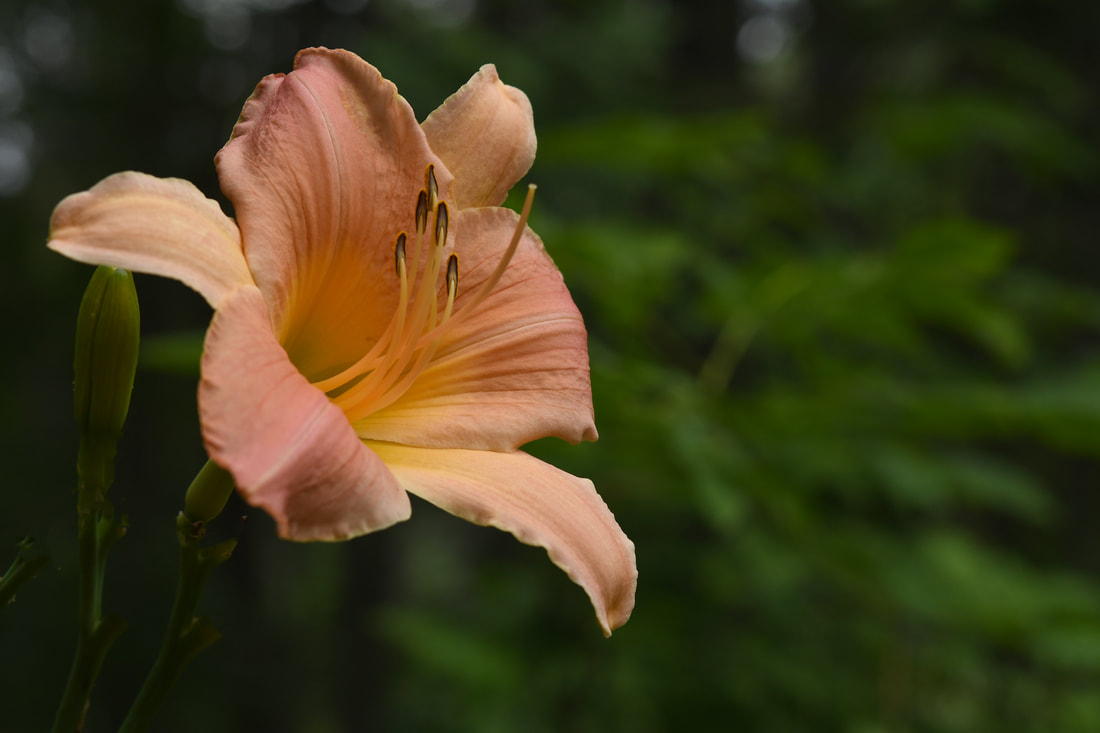
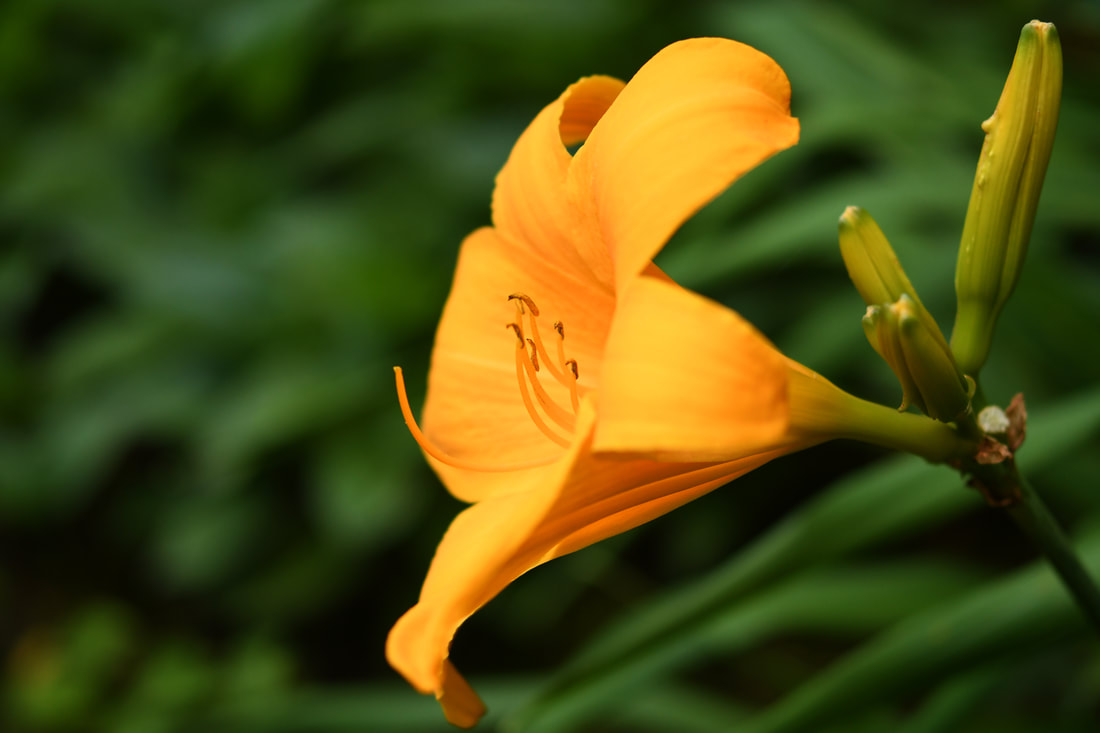
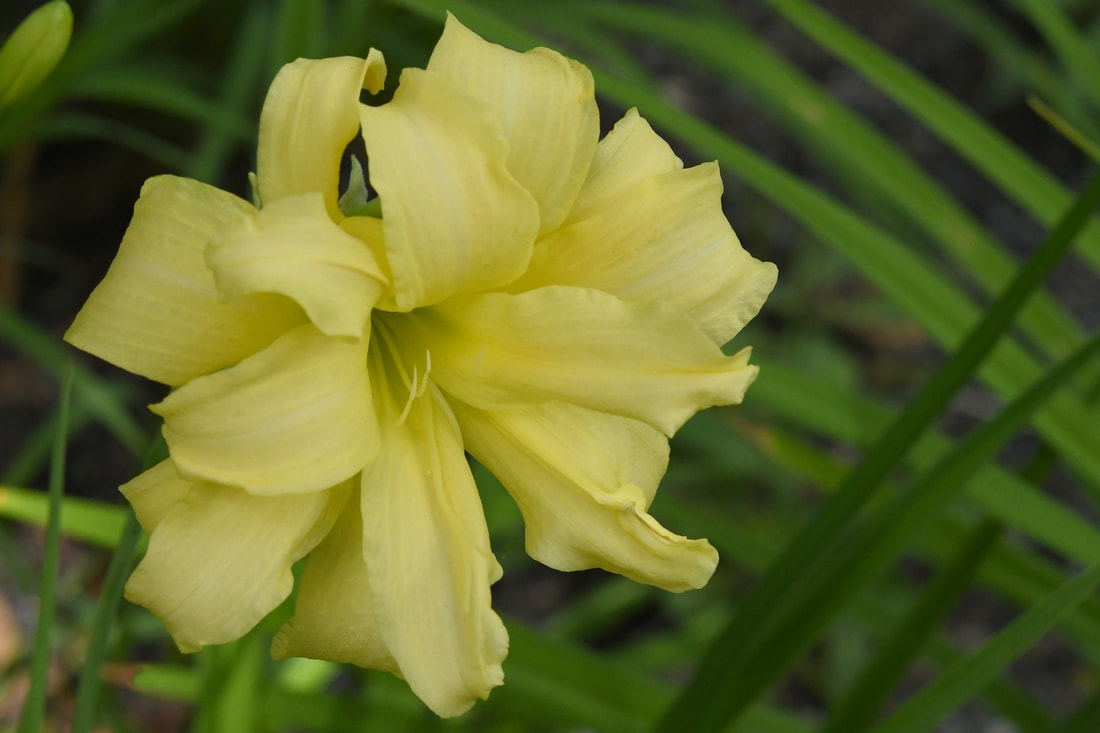
 RSS Feed
RSS Feed